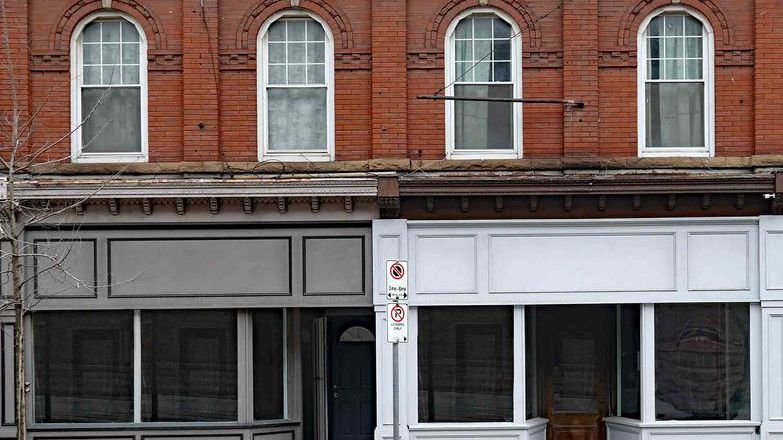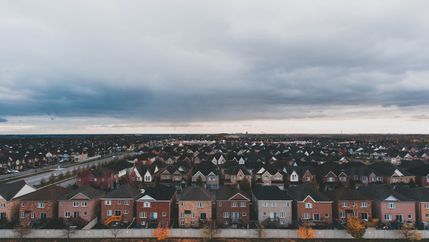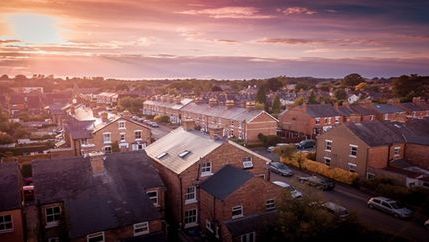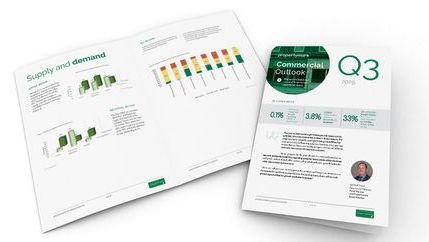
Propertymark responded to the consultation warning several obstacles to a wide-scale programme of conversions need to be adhered to. It is pleasing to see the report offers additional details about how such conversions should be delivered.
Conversions could increase the housing supply
Members of the APPGs, including MPs Bob Blackman, Florence Eshalomi and Ben Everitt, are keen to act on this as changes in the way we work have, at least temporarily, reduced demand for office space while demand for new homes remains incredibly high.
It is believed that converting empty local authority buildings alone can create 20,000 more homes in England. However, given the scale of demand, converting empty properties can only be one of several methods to increase housing supply.
Additionally, members from London were quick to point out that lower demand for office or other professional space is not consistent across the UK. Many London offices after the pandemic are being put back into use with demand reflecting pre-pandemic levels in some areas.
Conversions must be suitable for domestic use
Propertymark maintains the view that property that is designed and built for commercial use is not always suitable for conversion to residential. Furthermore, if conversions are to take place, they will require significant investment to ensure that the building’s energy infrastructure and facilities meet the needs of domestic and residential use.
Furthermore, feedback from Propertymark members tells us that commercial properties are not always located in areas that are ideal for residents, such as being away from other housing areas and local amenities. However, if these hurdles are overcome, there is the potential for some shortfalls in the supply of housing to be met.






